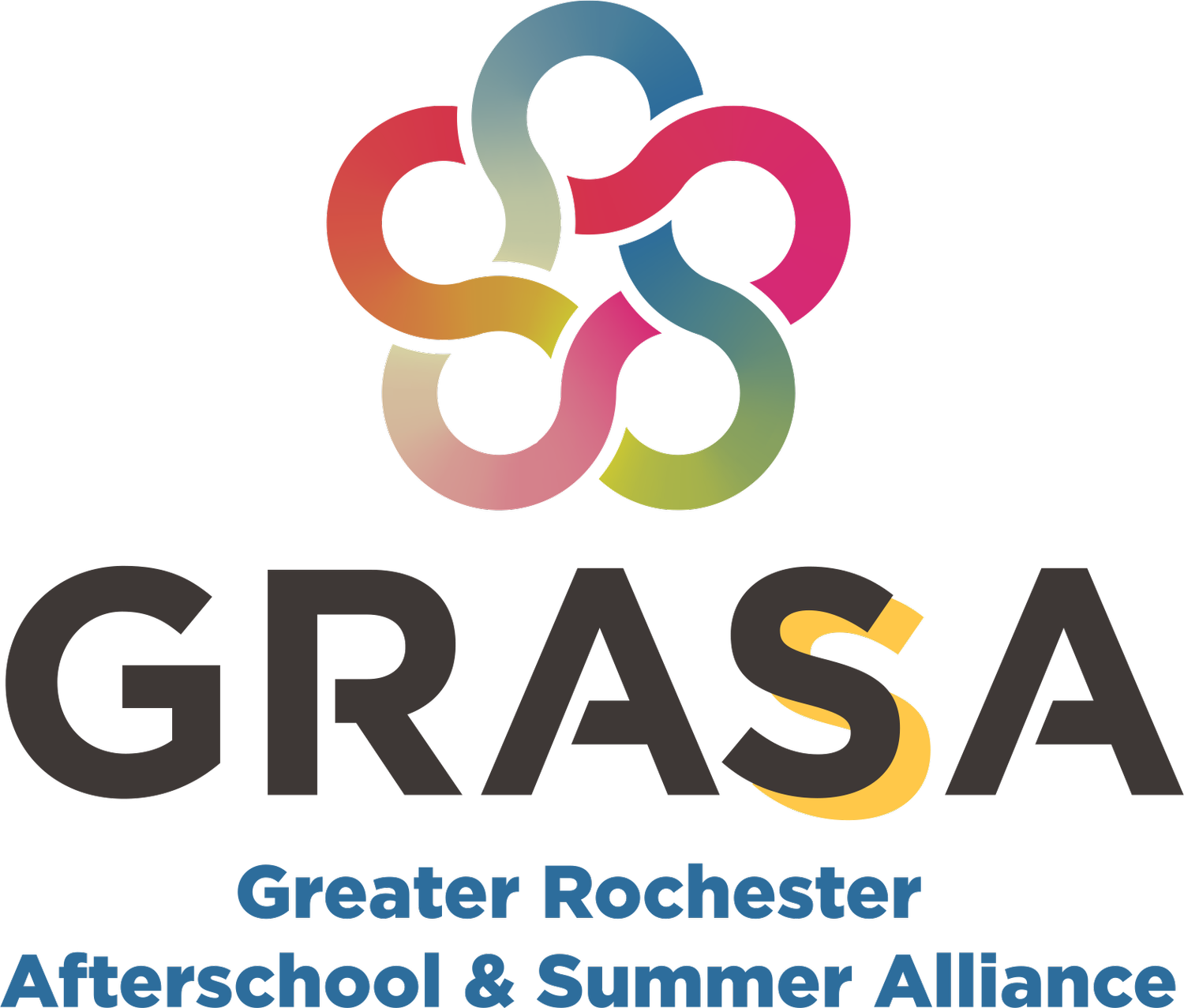After years of training and observations using both the YPQA (Youth Program Quality Assessment) and the SAPQA (School-Age Program Quality Assessment), GRASA is making the shift to the SEL PQA, which focuses on Social-Emotional Learning and its impact on quality programming. For the next few newsletters, we will be looking at the four domains, and reviewing the items and scales associated with each one.
Safe Environment is the first domain, and one that has changed significantly. In the YPQA/SAPQA, safe environment focused mostly on physical items that were either built into the space or were very basic – lights, air, water fountains, fire extinguishers. To take safety deeper, we are now looking more deeply at the emotional environment. The new Creating Safe Spaces scale asks us to: Foster positive emotional climate; Convey warmth and respect; Provide for safe space; Demonstrate positive group management style; Demonstrate mutual accountability; and Show active inclusion. We tell youth they are safe with us, but we know creating a truly safe emotional space isn’t easy. As leaders, we must walk the talk, by modeling the behavior we wish to see. A safe environment is the foundation for a quality program; without it, the rest of the work will have limited success, and our youth deserve our best, not our basic.
Next time, we’ll dive into the Supportive Environment Domain, where some of the scales are 100% new!
